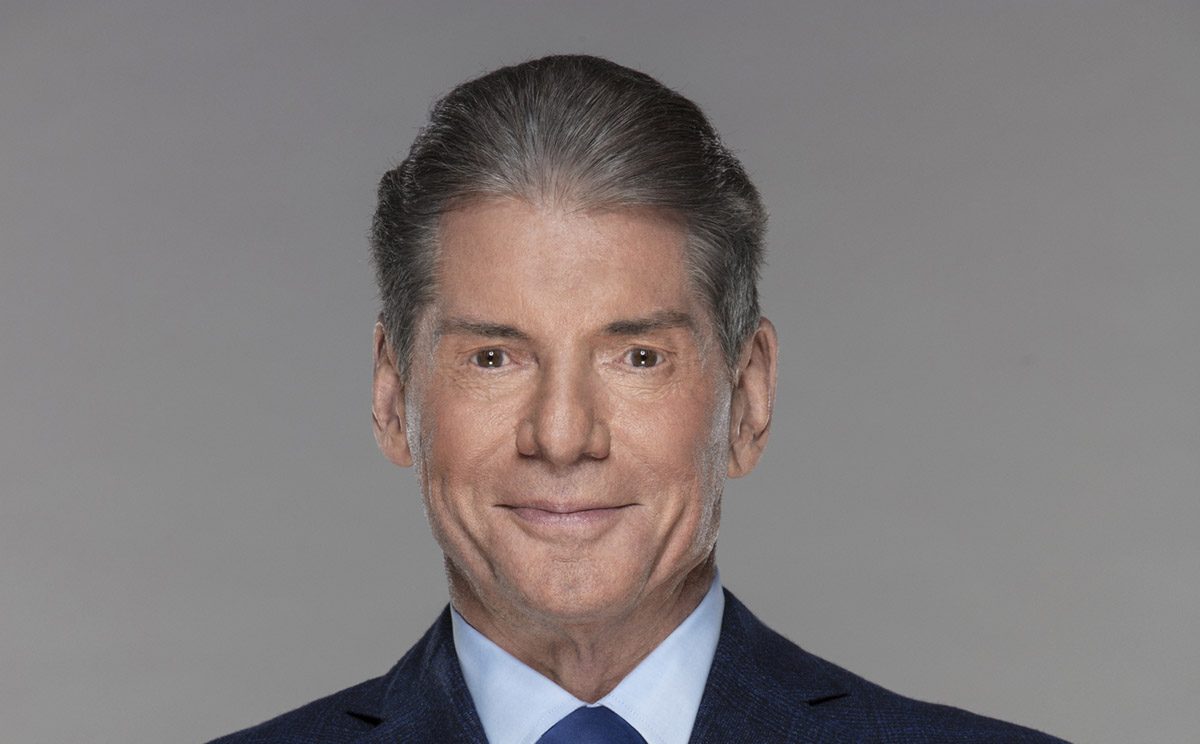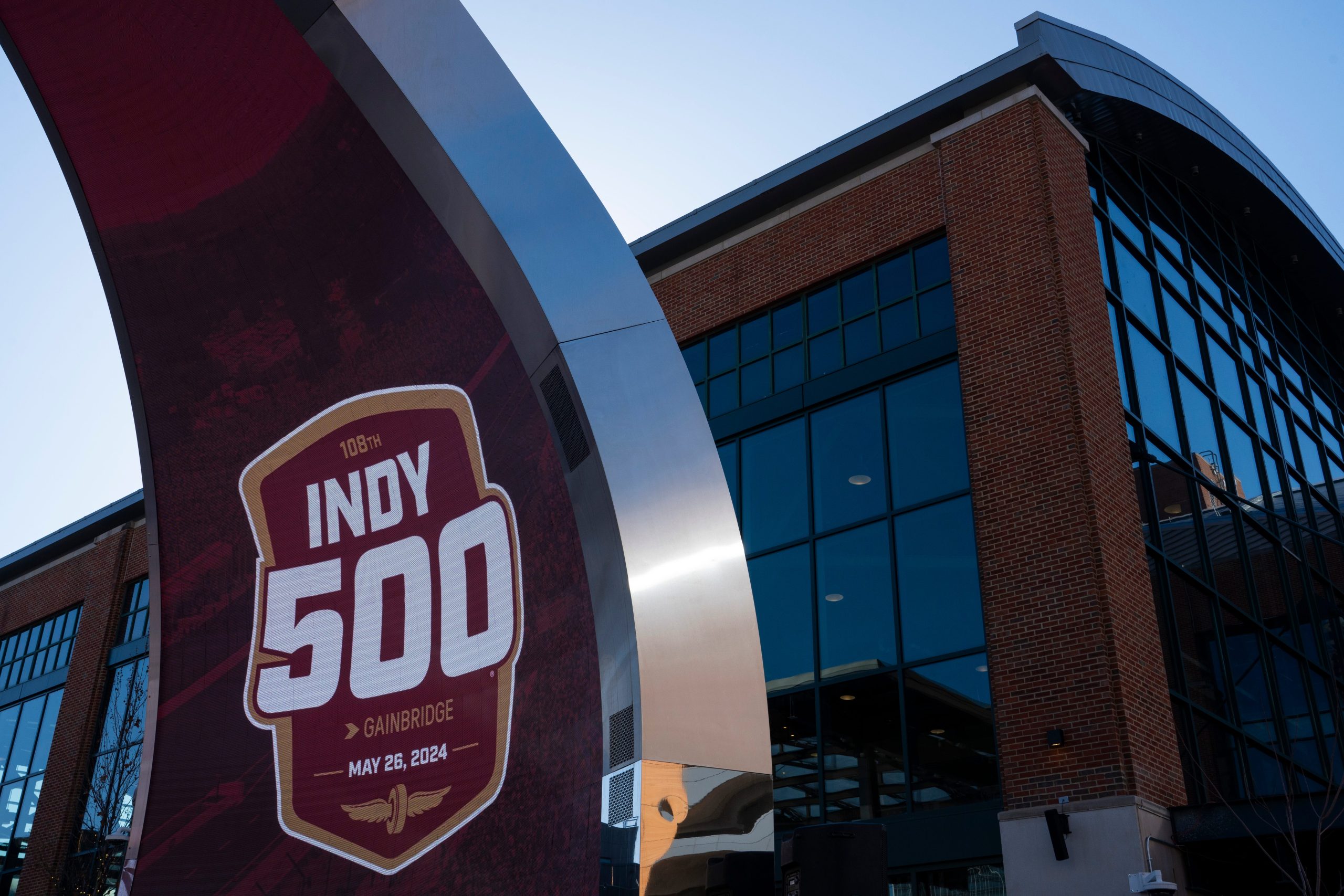In the sports world in general and the world of NCAA conference realignment in particular, there’s often a notable difference in how surprising things look from the outside and how surprising they are on the inside. Even shocking moves have often been planned for some time, just without them leaking. But that doesn’t appear to be the case with the defections of Pac-12 schools Oregon, Washington (both to the Big Ten), Arizona, Arizona State, and Utah (all to the Big 12) Friday.
That situation saw significant reporting suggesting an implosion Thursday night. But it then saw reporting Friday morning suggesting a survival. And then that tone quickly changed again, with those eventual departures taking place later Friday morning (in the case of the schools leaving for the Big Ten) and afternoon (in the case of the schools leaving for the Big 12). And, as per Stewart Mandel of The Athletic, the situation was just as uncertain inside the conference as it was from the outside.
There, Mandel reveals the details of the Apple offer that commissioner George Kliavkoff presented to the board this week. And, notably, he writes that the initial offer was a five-year deal with a $23 million base rate per school, raised to $25 million after a counteroffer. With revenue sharing and 1.7 million subscribers, the payout would have been around the $31.7 million the Big 12 is expected to provide to its members from its national TV deals. With 5 million subscribers, the rate would have hit about $50 million per school, ahead of both the Big 12 and the ACC and closer to the SEC and Big Ten. But, as per Mandel’s piece, some presidents weren’t impressed with those projections, with no provision in the Apple deal to ensure sublicensing to linear TV, and with no actual linear TV-focused alternative.
Three participants said they’d been expecting to be presented with a second, more traditional option as well. Just as Kliavkoff and others had told reporters at the league’s Media Day on July 21, they were under the impression a new major player had emerged in the last six weeks.
But that deal, which involved multiple partners, fell apart at the 11th hour, shortly before the presidents’ self-imposed July 31 deadline for bidders to finalize their offers.
“(The Apple deal) was not the deal that we had been discussing just days before, and it was not going to secure (our future),” Washington president Ana Mari Cauce told reporters Saturday. “When you have a deal that people are saying one of the best aspects of it is, ‘you can get out in (three) years,’ that tells you a lot.”
Indeed, that base rate is not impressive. It would have been well short of the other Power Five conferences in terms of national TV revenue. To start with, there’s that Big 12 revenue from ESPN and Fox beginning in 2025. And that should remain consistent, as they had options in those deals to bring in new Power Five schools without diluting per-school payments, an important part of why these moves happened.
The ACC picture is a little more complicated given that it involves not just straight rights, but also the ESPN-owned and operated linear ACC Network. (The Big 12 does not have an equivalent linear conference network, but rather a streaming deal with ESPN+, so that doesn’t have per-subscriber revenues). The ACC deal also involves third-tier Raycom-produced and distributed games elsewhere (Bally Sports RSNs this past season, The CW beginning this year). But its latest average distributions to members were $39.4 million for 2021-22, with that expected to rise further for 2022-23 after a deal with Comcast to carry the ACC Network. (Keep in mind that full conference distributions include factors beyond conference media rights, such as College Football Playoff and NCAA Tournament payouts.)
Those ACC distributions are still drawing criticism, especially from Florida State, for how far they’re behind what the Big Ten and SEC are expected to provide to schools under their new deals. (And that’s even after plans to reward the most successful schools more.) The Big Ten deals before these latest additions were for an estimated $1.1 billion per year, and they get further boost from the Big Ten Network (where they have a minority stake in the Fox-owned Network).
Even under the half share they’re scheduled to start with (because, unlike the Big 12, the Big Ten’s only reported full escalator is with Notre Dame), Oregon and Washington are still expected to make more than the Big 12 figure. The full Big Ten per-school figure (again, including revenue beyond conference media deals, and not yet including the new TV deals, which begin this fall) this past year was $58.8 million, with the SEC distributing $49.9 million, and both of those conferences are expected to jump further soon, an additional reinforcement for the Power Two idea.
So it’s understandable why schools weren’t impressed with the base rates. Now, the $31.7 million figure would have been much better, but that requires acquiring 1.7 million subscribers. And that’s far from certain. Even after the addition of Lionel Messi, Apple’s MLS Season Pass still reportedly has 800,000 to 1 million subscribers, and some of those come from season ticket holders and T-Mobile subscribers who get it for free. But 1.7 million is far more conceivable than 5 million; yes, that would have put the Pac-12 closer to the Big Ten and the SEC, but actually getting those numbers seems as inconceivable as Kliavkoff’s October 2022 claim that “Eventually, we’ll catch those guys.” And one source Mandel cites from outside the Pac-12 was blunt in calling that $50 million number “not realistic.”
Despite the Apple deal concerns, these exits weren’t assured. Mandel cites Big 12 sources uncertain their three targets would actually leave Thursday night, and also says that Oregon was mulling the Pac-12 Apple deal as late as Friday morning. But the 7 a.m. PT meeting Friday morning saw Washington and Oregon inform the conference of their intentions to exit, and that then saw the other three schools finalize their departure for the Big 12. That wasn’t assured, with Arizona State president Michael Crow in particular a noted backer of the Pac-12, but he told Mandel the Ducks’ and Huskies’ departure forced his hand, saying “Once Oregon and Washington decided to go to the Big Ten, the conference was no longer viable.”
Maybe the most interesting comment of all in there is one Mandel references from Oregon State athletic director Scott Barnes, though. Here’s that full comment, via James Crepea of The Oregonian:
“The great history and tradition of this conference has been severely damaged. The best interest of the student athlete hasn’t been served. Traveling to the Eastern seaboard multiple times a year is not in the best interest of student-athletes.”
“We were literally hours away from a deal that everybody could embrace,” Barnes said. “I’ve never seen so many last-minute decisions and twists and turns as I’ve seen through this process. Conference realignment just doesn’t make sense anymore. What this enterprise was built on was regionality and rivalries. That is gone. That is leaving the Pac-12. Some of the most special pieces about our model is regionality of competition and rivalries. Those things are forgotten.”
The “last-minute decisions and twists and turns” and “literally hours away” comments are remarkable. And a big part of the picture there seems to be about the “more traditional” (or linear TV-focused) deal ADs seemed to be expecting to be offered as an option, which Mandel writes “involved multiple partners” and “fell apart at the 11th hour.” That seems to be what Cauce’s comments that the Apple deal “was not the deal that we had just been discussing days before” are referencing. And that’s what really needs more reporting in this saga, as it’s quite uncertain who presidents were expecting those multiple partners to be at this late of a date.
Reports earlier this week had the conference reaching out to NBC a third time unsuccessfully, so maybe there were some initially positive signs there before that didn’t pan out. But NBC was always an odd fit, with them already having late-night packages of Big Ten and Notre Dame games and having no sports-focused linear cable network. ESPN certainly could have been a partner here, especially with them being both in and out of this process throughout as per different reports, and they have the networks and streaming platforms to handle any inventory (and could probably use some more late-night games).
Beyond that, CBS, Fox, Warner Bros. Discovery, Ion, and the CW all made it pretty clear they weren’t that interested. So it would be great to find out who this alternative deal actually involved, what it looked like, why it fell apart, and if it was that or the Apple deal that Barnes thought was “literally hours away” from success. In any case, the Pac-12 has now seen five more schools leave and only four remain. We’ll see what the path forward for those remaining four is.







